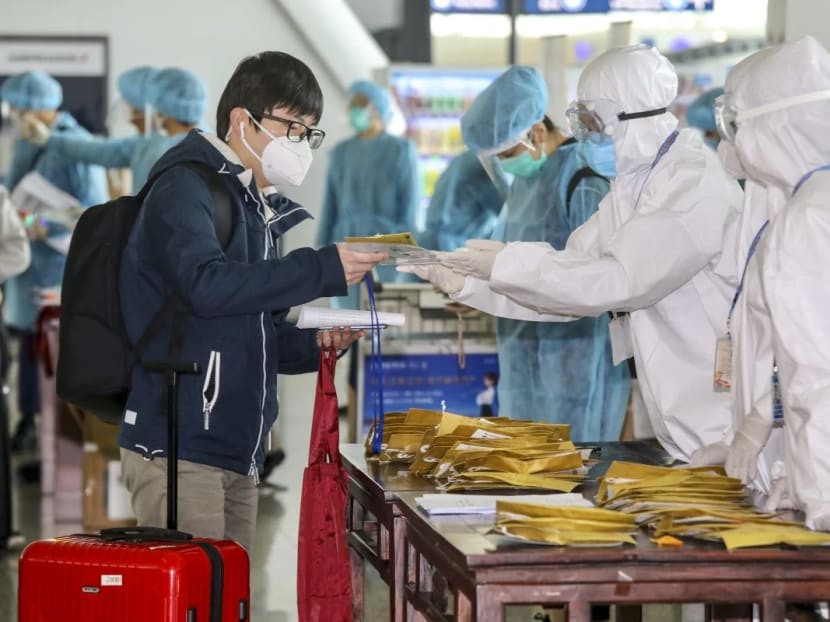Testing in pandemic’s early stages showed no immunity among Hong Kong residents, new study shows
HONG KONG — Not a single Hong Kong resident tested in the early stages of the Covid-19 pandemic displayed immunity, while just 4 per cent of returnees from Hubei province, the original centre of the outbreak, carried antibodies to the virus, a new study from the University of Hong Kong has found.

Only 17 of 452 residents tested by the University of Hong Kong after returning from Hubei province carried antibodies to the coronavirus.
HONG KONG — Not a single Hong Kong resident tested in the early stages of the Covid-19 pandemic displayed immunity, while just 4 per cent of returnees from Hubei province, the original centre of the outbreak, carried antibodies to the virus, a new study from the University of Hong Kong has found.
The study, led by HKU infectious diseases expert Professor Yuen Kwok-yung, collected blood samples from more than 1,900 Hongkongers before the first case was reported in the city and during the coronavirus pandemic's initial wave.
"Future waves of the outbreak are inevitable without a vaccine or antiviral prophylaxis," was the stark conclusion researchers arrived at in the study, which was published in the scientific journal The Lancet Microbe last week.
Mr Kelvin To Kai-wang, clinical associate professor from HKU's department of microbiology and a key member of the research team, also highlighted the need for continuing preventive measures.
"If there are transmissions going on in Hong Kong, as many people do not have immunity, it would be necessary to continue wearing masks and maintaining social distancing," Mr To said. "It also explains why a larger amount of testing is needed to identify Covid-19 patients."
Scientists around the world have been conducting serological studies to look for antibodies related to Covid-19 to understand how many people have been infected and are now protected from the virus in the future.
The study reviewed 1,938 serum samples of Hongkongers collected between April 2018 and February of this year. None contained neutralising antibodies against Sars-CoV-2, the virus behind Covid-19.
Researchers believe it indicated the virus was a "new emerging" one and less than 0.05 per cent of the city's population had been exposed to it at that point. But Mr To said the figure could be higher now, as more cases have been detected in the city since February.
The study also found that even among those returned from Hubei, the central Chinese province where the Covid-19 epidemic was first identified, signs of infection were low.
Among the 452 Hongkongers evacuated from Hubei in early March, just 3.8 per cent, or 17 individuals, carried antibodies against the coronavirus.
That rate indicated that laboratory-confirmed patients represented just "a small proportion of the total number of cases", researchers said.
They explained that applying the antibody positivity rate of Hubei returnees to the province as a whole, which had a population of 59 million, there should be 2.2 million people infected with Covid-19. But as of the end of March, only about 67,800 cases had been lab-confirmed there, a figure they believed unlikely to reflect the true prevalence of Covid-19 in the province.
Researchers said the relatively limited spread of the virus in Hubei and Hong Kong was likely due to public health measures taken in both places and the public's willingness to comply with them. SOUTH CHINA MORNING POST






